Exploring Karoo National Park – Big 5 Karoo Park Accommodation
Table of Contents
Here’s a quick pricing table. You can see more information below.
Please keep in mind that these prices are approximate and can vary based on factors like the type of accommodation, the time of year, and the specific services you choose. It’s advisable to check the official Karoo National Park website for the most current and detailed pricing information when planning your visit.
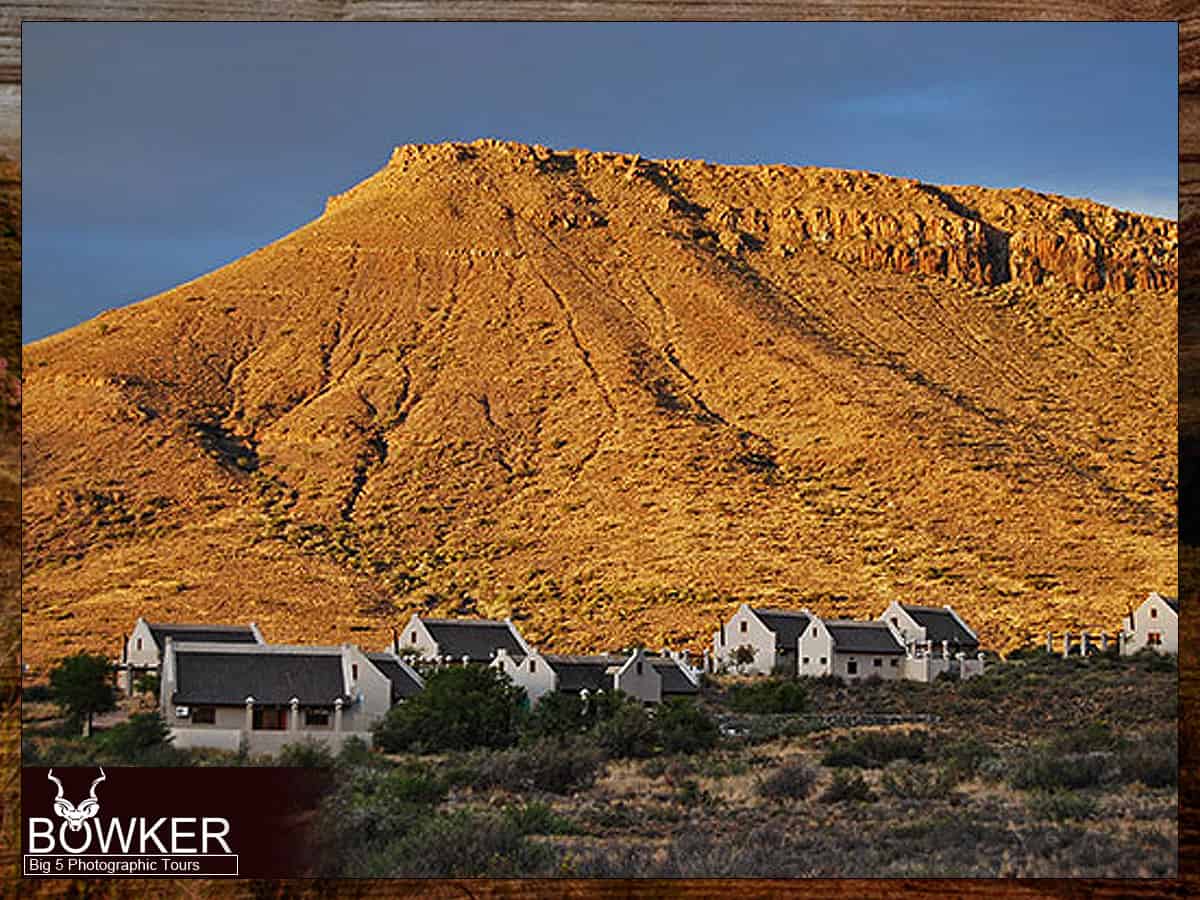
| Service/Item | Price (in South African Rand, ZAR) |
| Entrance Fees | |
| – South African Adults (per day) | R100 |
| – South African Children (per day) | R150 |
| – International Visitors, Adults (per day) | R300 |
| – International Visitors, Children (per day) | R150 |
| Accommodation | |
| – Campsites (per night) | From R200 to R350 per site (depending on the season) |
| – Chalets and Rest Camps (per night) | From R900 to R2,500 per unit (depending on the type and season) |
| Guided Activities | |
| – Game Drives (per person) | R400 to R600 per person (various options available) |
| – Guided Walks (per person) | R300 to R500 per person (various options available) |
| – Astronomy Tours (per person) | R150 to R300 per person (seasonal) |
| Additional Services | |
| – Conservation Fee (mandatory, per vehicle) | R50 per vehicle (one-time fee) |
| – San Guided Rock Art Tour (per person) | R150 to R250 per person |
| – Breakfast and Dinner at Restaurants (per meal) | From R100 to R300 per person (depending on the venue) |
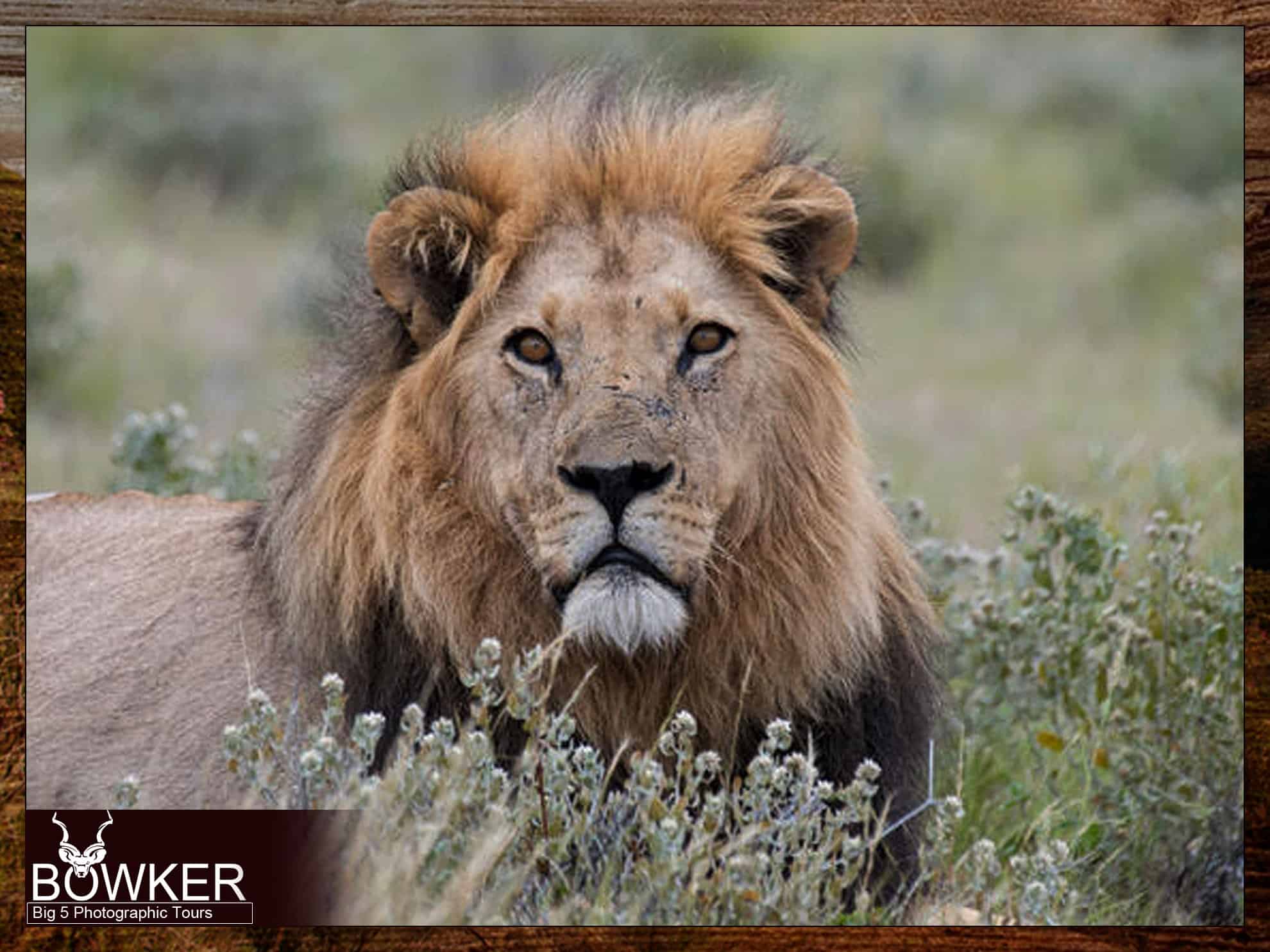
Karoo National Park, a pristine wilderness in the heart of South Africa, offers a remarkable experience for nature enthusiasts and adventurers alike. As with any travel destination, it’s essential to understand the cost of exploring this vast and captivating landscape. The fees associated with visiting Karoo National Park encompass various aspects of your journey and are influenced by several factors. In this section, we’ll delve into the types of fees you can expect to encounter and the key factors that influence them.
Entrance Fees
Your journey into Karoo National Park begins with entrance fees, typically the first costs you’ll encounter. These fees vary based on your residency status. South African residents enjoy discounted rates, while international visitors pay a slightly higher fee. These fees grant you access to the park’s unique landscapes, wildlife, and various amenities, providing a gateway to the adventure that awaits.

Accommodation Costs
Accommodation within the park comes in diverse forms, from campsites under the starry Karoo skies to comfortable chalets and rest camps. The cost of your stay depends on the type of lodging you choose and the season of your visit. Campsite fees vary based on the specific site and can range from one season’s rate to another. Chalets and rest camps offer different comfort levels and may have corresponding price variations. Prices tend to be higher during peak tourist seasons, so it’s advisable to plan your visit accordingly to optimize your budget.
Guided Activities and Services
For those seeking guided experiences and enhanced activities within the park, additional costs apply. Game drives, guided walks, and astronomy tours offer unique insights into Karoo’s wonders but come with fees that vary based on the specific activity and the season. These services provide opportunities to engage with expert guides and access areas of the park that might be off-limits to self-guided visitors. Factors like group size, duration, and the level of exclusivity can influence the costs of these experiences.
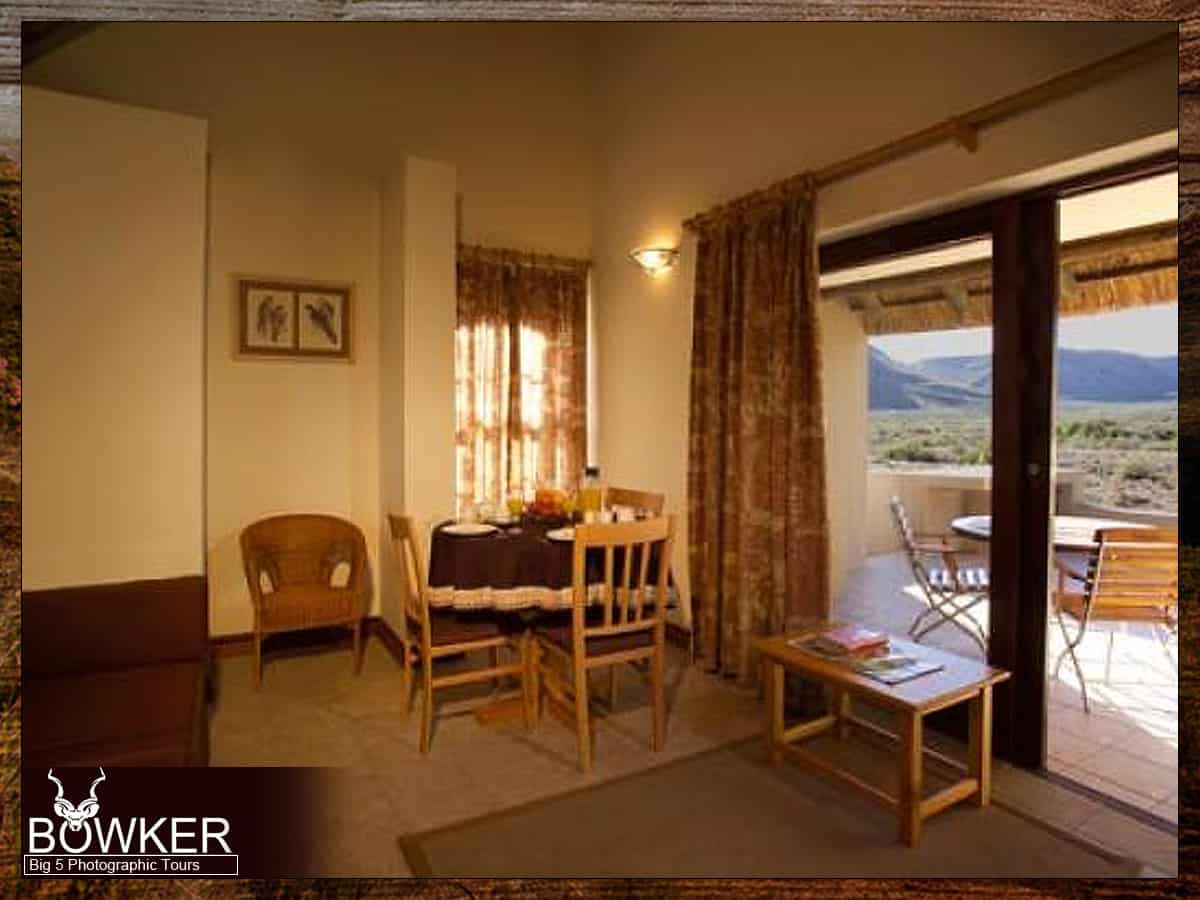
Additional Services
To support conservation efforts and the park’s maintenance, there are additional fees, such as the mandatory conservation fee applied per vehicle. This fee is a one-time payment and contributes to the sustainability of the park’s natural heritage. Additionally, specialized services, like guided San rock art tours or meals at on-site restaurants, come with their own associated costs. These services are subject to pricing variations, often based on the specific experience and the quality of the service.
Factors Influencing Costs
Several factors influence the costs of visiting Karoo National Park. The most significant ones include the type of accommodation you choose, the season of your visit, and the specific activities and services you opt for. Campsite fees, for instance, are notably lower during the off-peak season compared to the peak summer months. The level of comfort and exclusivity in your accommodation also plays a role in pricing, as does the number of individuals in your group.

Exploring Karoo National Park involves various fees, each dependent on a combination of factors, from your residency status to the level of comfort and services you prefer. Planning your visit with these fees in mind is crucial, considering the season and the specific experiences you wish to enjoy. By understanding the costs and factors that influence them, you can better prepare for an unforgettable journey through the wilderness of Karoo National Park.
Accommodation Options
Campsites
Each campsite at Karoo National Park offers a unique camping experience, from basic facilities to more luxurious amenities. It’s essential to note that campsites are in high demand, especially during peak tourist seasons, so making reservations well in advance is advisable to secure your spot. The park’s website provides detailed information about each campsite, including location, amenities, and pricing, making it easier for visitors to plan their camping trip.
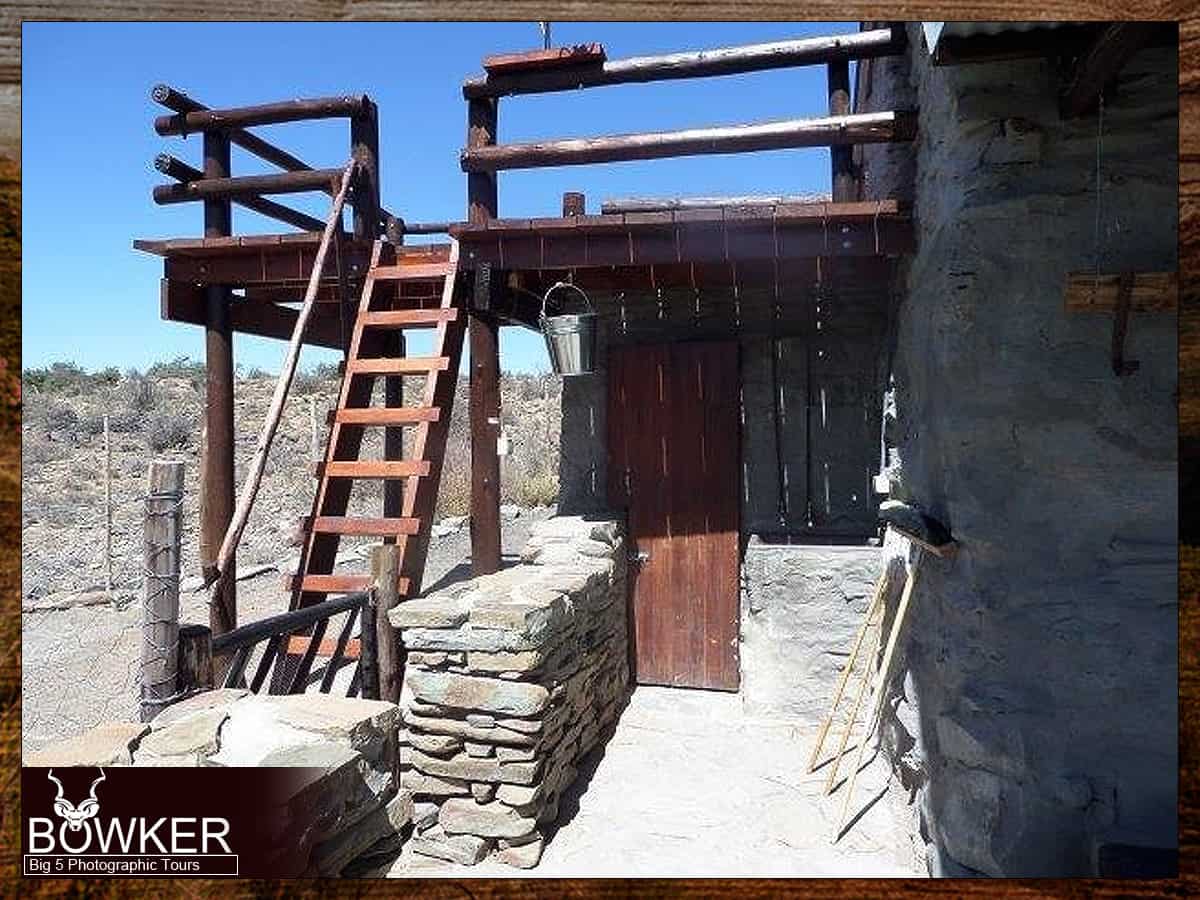
Bulkraal Campsite
This campsite is near the park’s reception area. It offers basic facilities, including communal ablution blocks, potable water, and fire pits. Bulkraal is ideal for those who prefer a more rugged camping experience.
Afsaal Campsite
Afsaal is located in a secluded area of the park and offers basic facilities, including communal ablution blocks, potable water, and fire pits. It’s a great option for those seeking a more remote camping experience.
Kwartelboom Campsite
Kwartelboom is a small, secluded campsite that provides basic facilities, including communal ablution blocks and fire pits. It’s a great option for those seeking a more intimate camping experience.
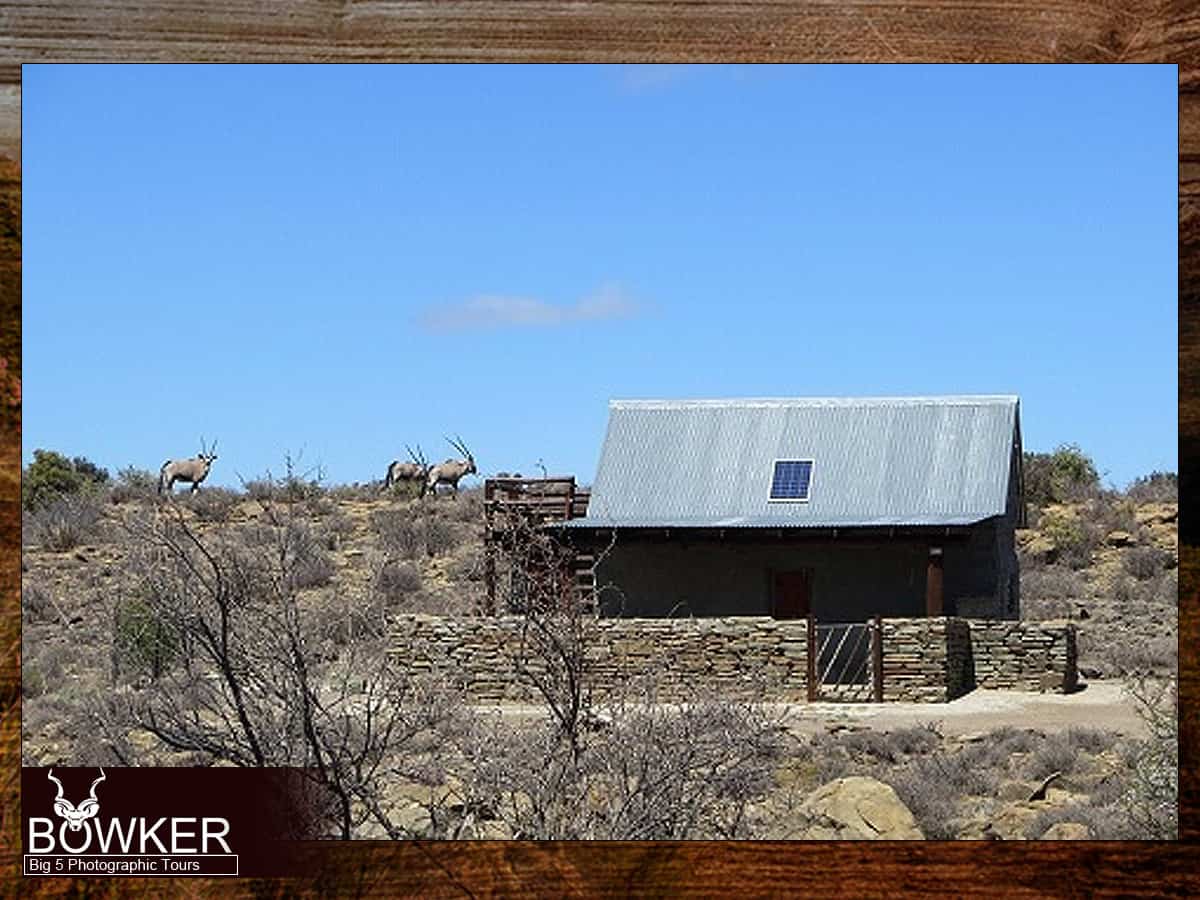
Embizweni Campsite
Embizweni is a small campsite that offers basic facilities, including communal ablution blocks, potable water, and fire pits. It’s located near the park’s reception area and is ideal for those who prefer a more secluded camping experience.
Langkloof Campsite
Langkloof is a popular campsite that offers electric hookups, private ablution blocks, and kitchen facilities. It’s ideal for families or groups who enjoy camping but still want some of the conveniences of home.
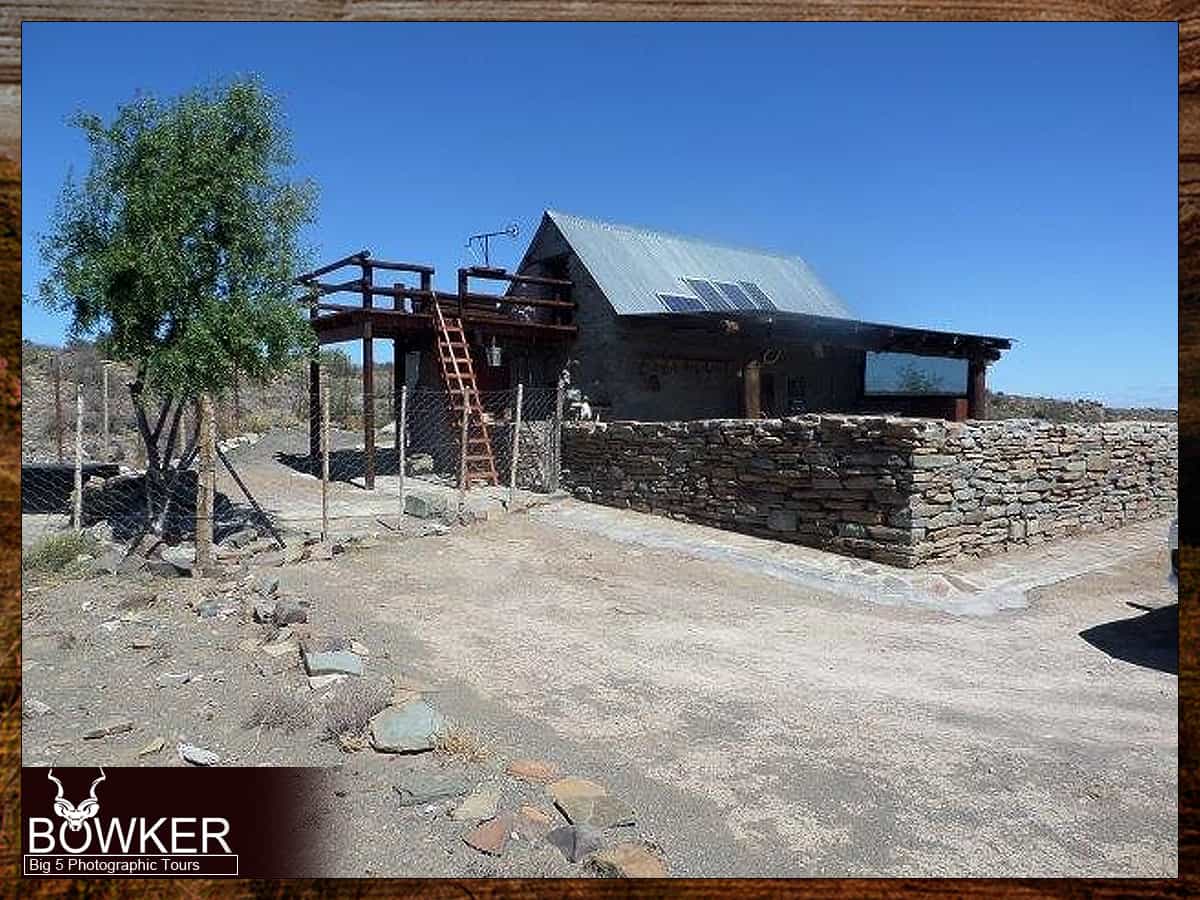
Matjiesfontein Campsite
Matjiesfontein is a small, secluded campsite that provides basic facilities, including communal ablution blocks and fire pits. It’s ideal for those seeking a more intimate camping experience.
Nuweveld Campsite
Nuweveld is the largest campsite in the park and offers electric hookups, private ablution blocks, and kitchen facilities. It’s ideal for families or groups who enjoy camping but still want some of the conveniences of home.
Lodges and rest camps
Nestled amidst the stunning wilderness of Karoo National Park are several lodges that offer a comfortable and luxurious stay. Each lodge provides a unique experience and caters to different preferences, from those seeking a remote and intimate experience to those who prefer the conveniences of home.
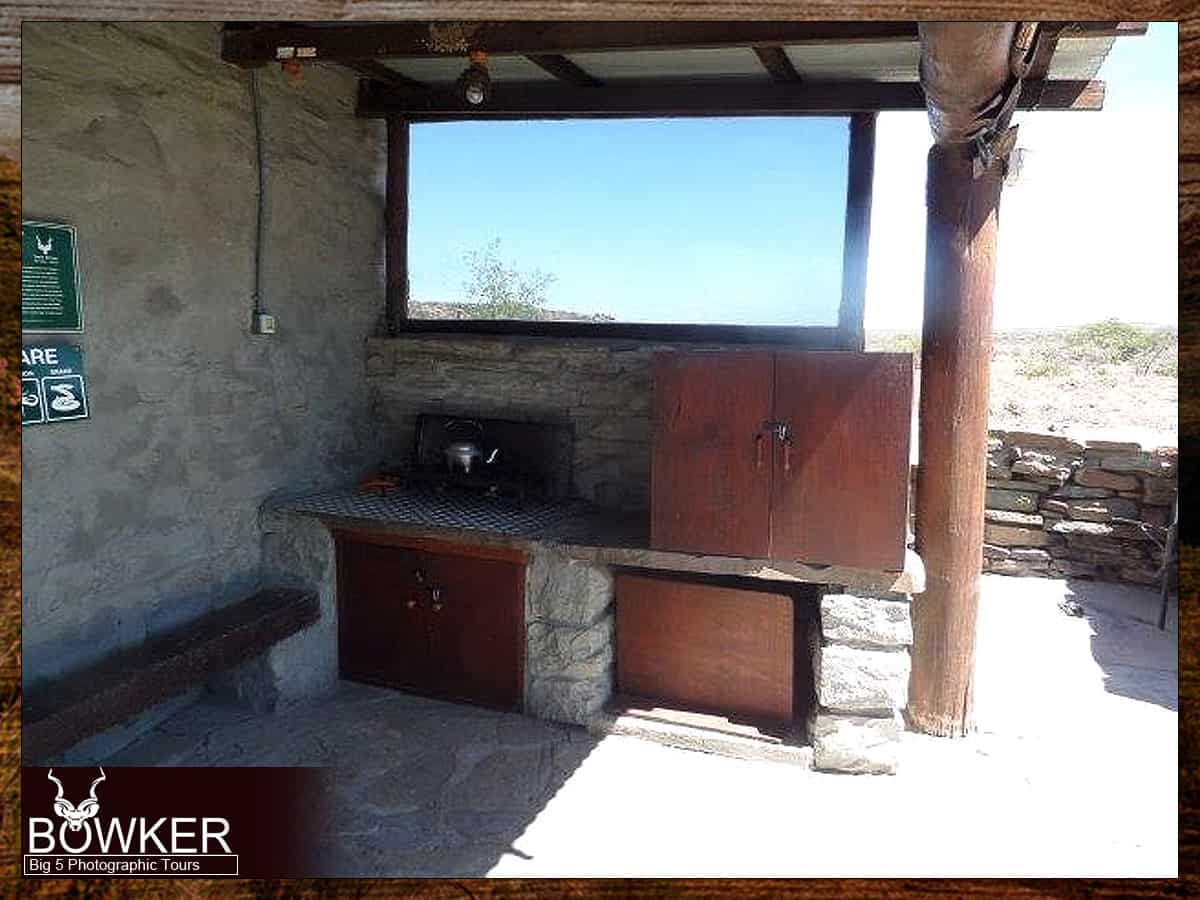
Beaufort West Rest Camp
This lodge offers a range of accommodation options, from self-catering chalets to family cottages, all equipped with modern amenities. It’s located on the park’s outskirts and provides easy access to nearby towns.
Booking and reservation tips
Here are some tips to help you plan your dream trip:
Book in advance
Booking in advance is a crucial tip for anyone looking to visit Karoo National Park, especially during peak season. This will ensure you can get the accommodation and activities you want, without worrying about availability. It is recommended to book at least a few months in advance to avoid disappointment.

Consider staying inside the park
Staying inside the park is an excellent way to fully immerse yourself in the wilderness experience. It allows you to be close to all the action and make the most of your time in the park. The park offers a range of accommodation options, from camping sites to lodges, so you can choose what suits you best.
Choose your activities wisely
Choosing your activities wisely is important to make the most of your time in the park and ensure an enjoyable experience. The park offers a range of activities, from guided game drives to stargazing, so pick the ones that interest you the most. It is also important to consider your physical abilities when choosing activities.
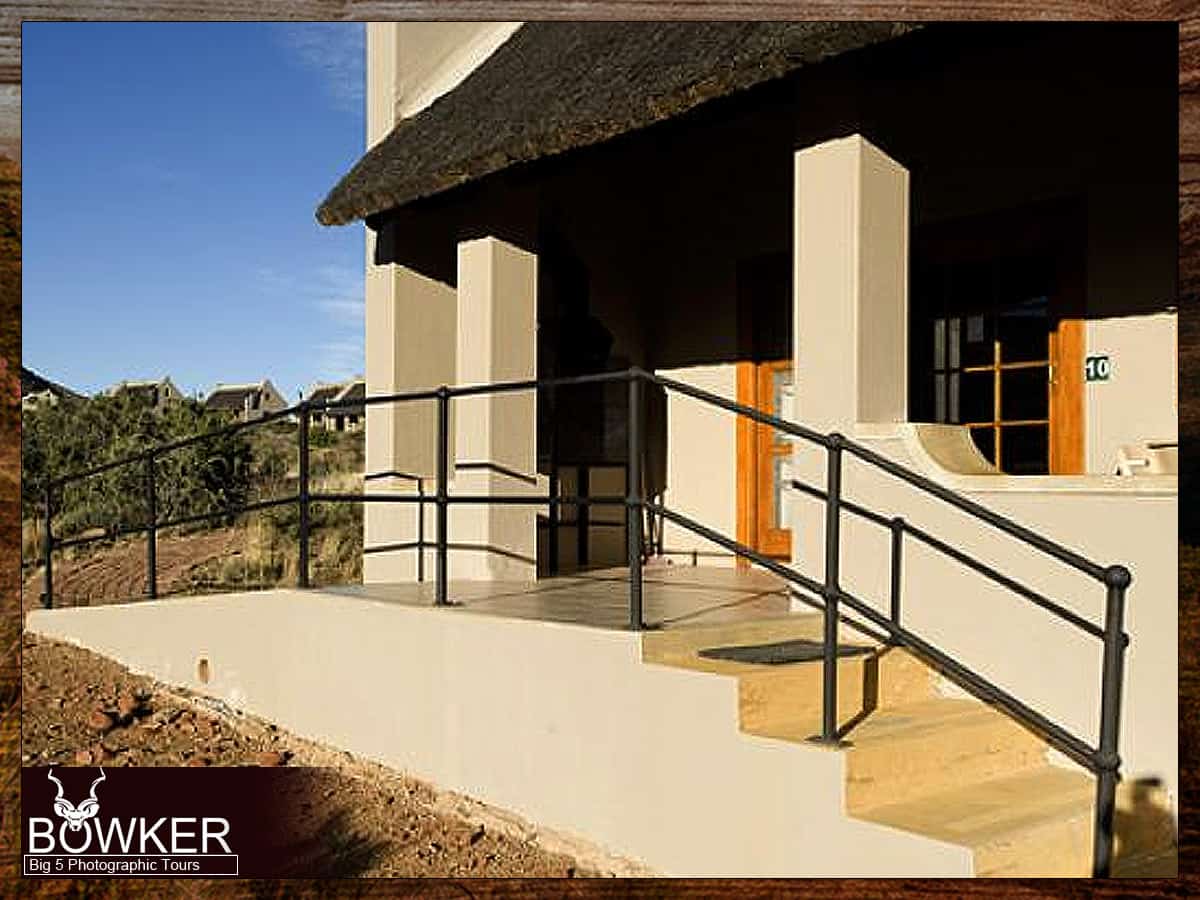
Keep the weather in mind
The weather in Karoo National Park can be unpredictable, so it is important to keep it in mind when planning your trip. Pack clothing appropriate for the season, and bring sunscreen, hats, and sunglasses. This will ensure that you are comfortable during your stay.
Bring your camera
Karoo National Park is a photographer’s paradise, with stunning landscapes and wildlife sightings. Bringing your camera along will allow you to capture beautiful memories that will last a lifetime. Pack extra batteries and memory cards to take as many photos as possible.

How to Get There
Directions and transportation options
Getting to Karoo National Park requires some planning, and we’ll provide directions and information about the various transportation options available. Whether you’re driving from a nearby city or flying in from further afield, we’ve got you covered.
By Car
Karoo National Park is approximately 500 km from Cape Town and 400 km from Port Elizabeth. If you’re driving from Cape Town, the drive to the park will take approximately 5-6 hours, depending on traffic and road conditions. If you’re driving from Port Elizabeth, the drive will take you approximately 4-5 hours.
The roads leading to the park are well-maintained, and it’s a scenic drive with plenty of rest stops along the way. It’s important to note that the park gates close at sunset, so plan your journey accordingly to avoid any delays.
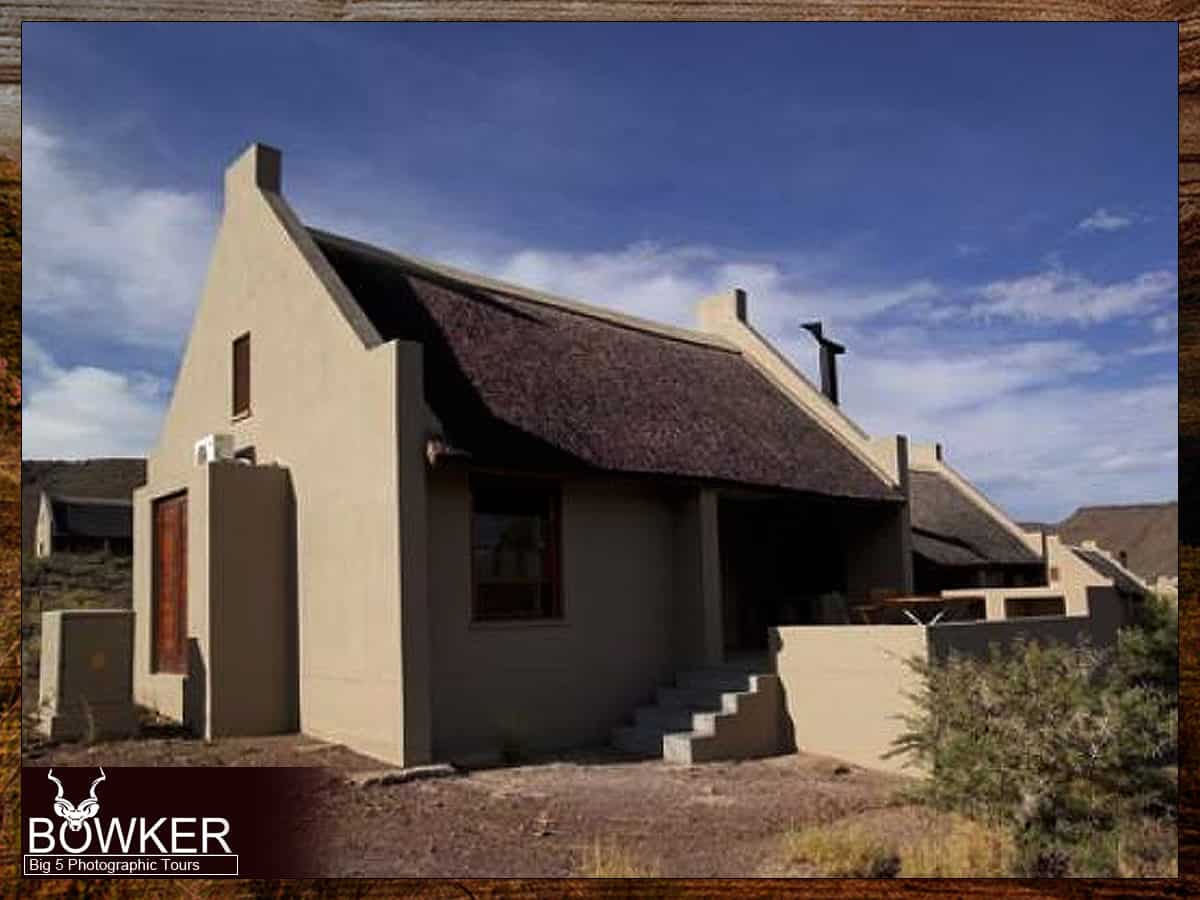
By Bus
If you prefer not to drive, several bus companies offer trips to Karoo National Park. Companies like Greyhound and Intercape offer daily trips from major cities like Cape Town and Port Elizabeth to Beaufort West, the closest town to the park. From Beaufort West, you can arrange a transfer to the park.
By Plane
The closest airport to Karoo National Park is George Airport, approximately 200 km away. Several airlines, including South African Airways, Kulula, and Mango, offer flights to George from major cities like Cape Town and Johannesburg.
Once you arrive at George Airport, you can rent a car, drive to the park, or arrange a transfer. Alternatively, you can take a connecting flight to Port Elizabeth or Cape Town and follow the driving or bus directions mentioned above.
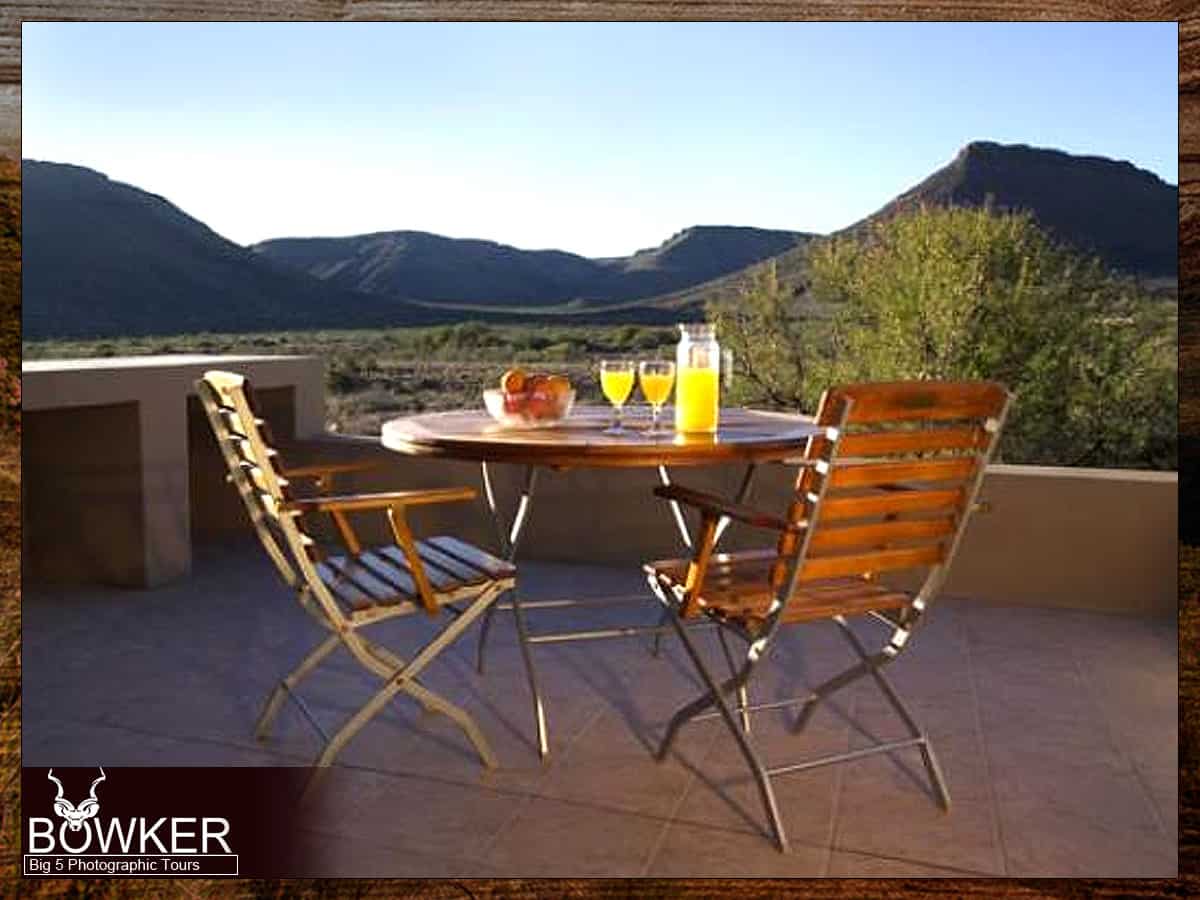
Other modes of transportation
If you’re feeling adventurous, you can explore other modes of transportation to get to the park, such as cycling or hitchhiking. It’s important to note that these options require careful planning and preparation, as the park is located in a remote area.
Getting to Karoo National Park is dependent on your preferences and budget. How you get there is part of the adventure, and you’ll be rewarded with stunning scenery and wildlife sightings along the way.
Nearby towns and cities
While the park offers a variety of accommodation options and activities for visitors, nearby towns and cities also provide a glimpse into the local way of life and offer additional amenities. In this section, we’ll look closer at the nearby towns and cities worth exploring during your visit to Karoo National Park.
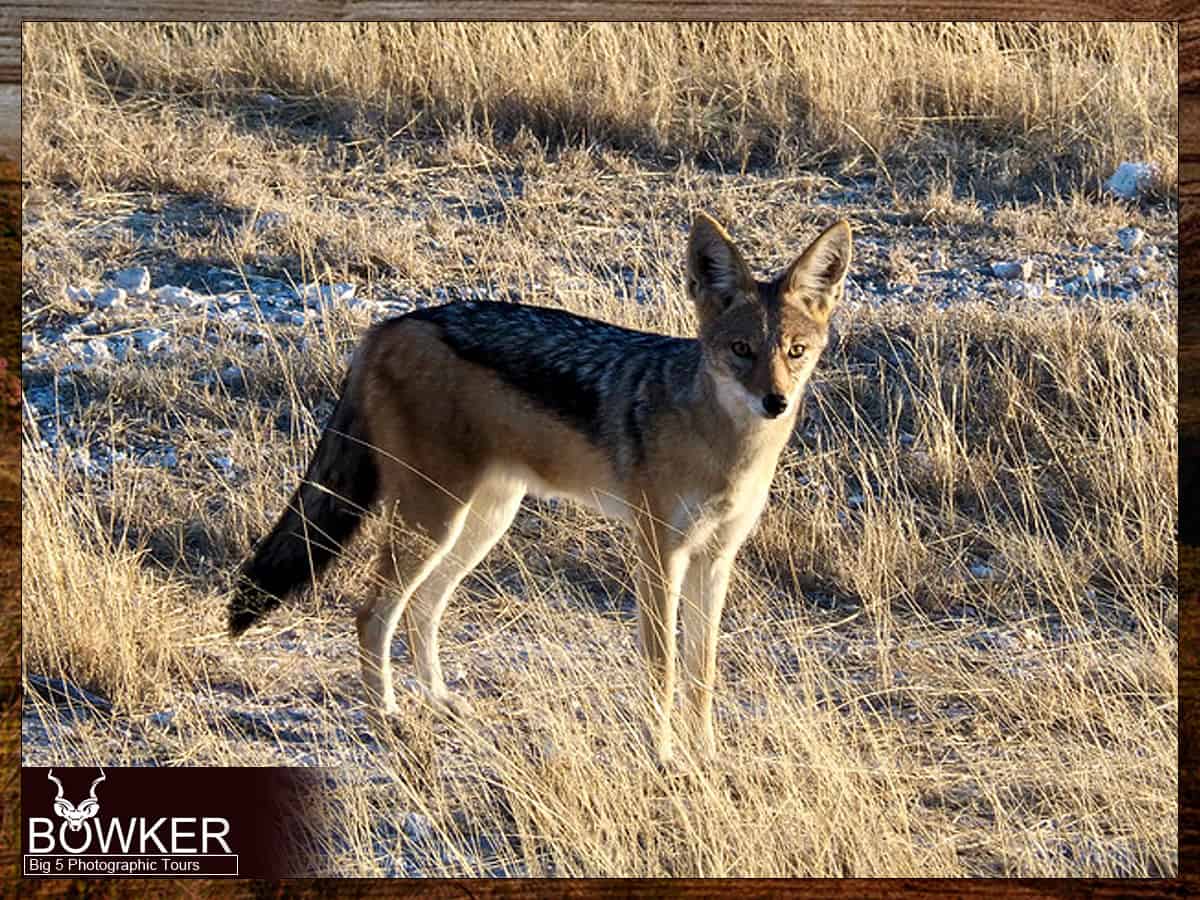
Beaufort West
Beaufort West is a small town approximately 50 km from Karoo National Park. The town is known for its historical significance as the birthplace of South African heart surgeon Dr. Christiaan Barnard. Visitors to Beaufort West can explore the local museum dedicated to his life and work. The town also has several restaurants, cafes, and shops, making it a convenient stop for those needing supplies before heading to the park. Beaufort West also has a range of accommodation options, including guest houses, B&Bs, and self-catering apartments.

Murraysburg
Murraysburg is a picturesque town approximately 70 km from Karoo National Park. The town is known for its Cape Dutch architecture, which includes several well-preserved buildings from the 1800s. Visitors to Murraysburg can explore the town’s historical landmarks, including the Dutch Reformed Church and the old jail. The town also has several restaurants, cafes, and a small shop for basic supplies. Murraysburg offers a range of accommodation options, including guest houses and self-catering cottages.
Prince Albert
Prince Albert is a charming town approximately 120 km from Karoo National Park. The town is known for its Victorian architecture, including several well-preserved buildings from the 1800s. Visitors to Prince Albert can explore the town’s art galleries, craft shops, and restaurants, which offer a variety of local and international cuisine. The town also has several hiking trails and scenic drives, making it a popular destination for outdoor enthusiasts. Prince Albert offers a range of accommodation options, including guest houses, B&Bs, and self-catering cottages.
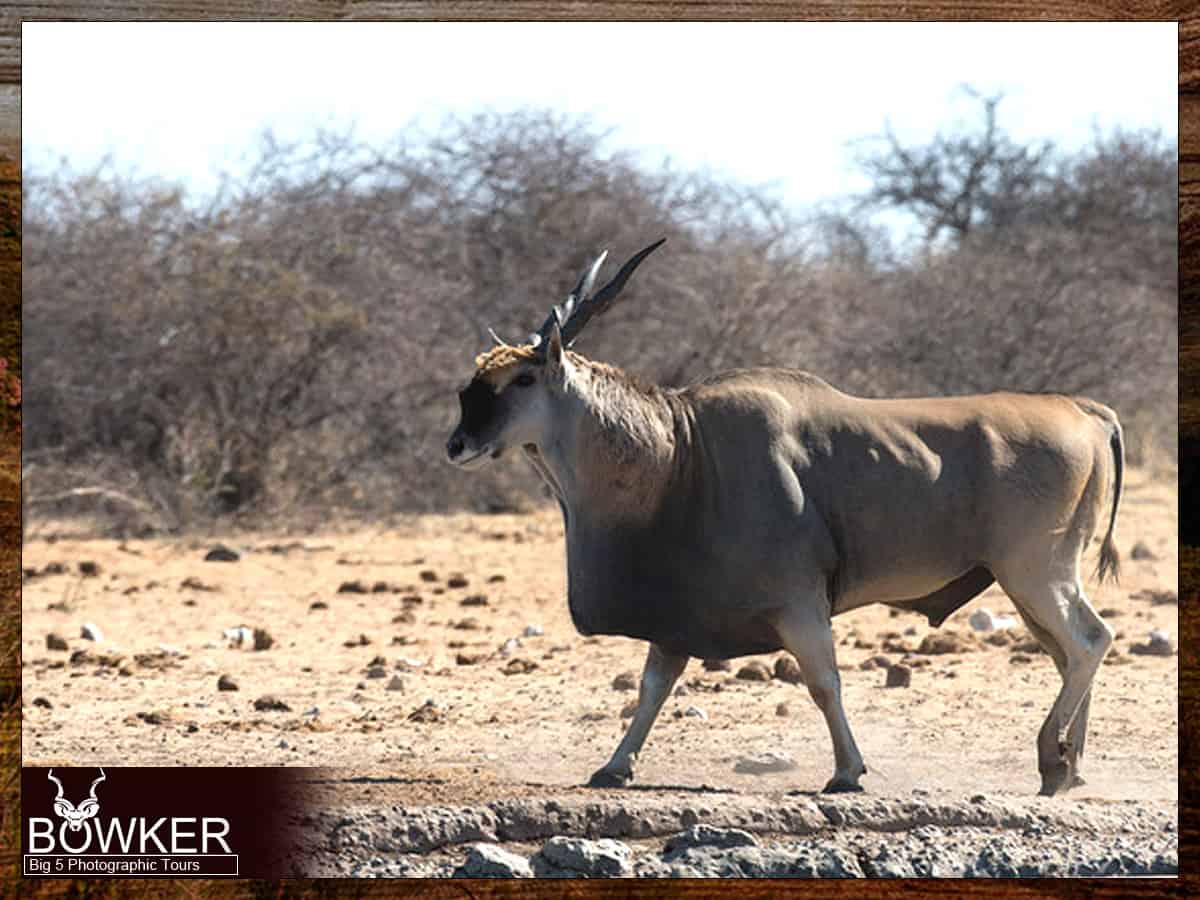
Colesberg
Colesberg is a small town approximately 150 km from Karoo National Park. The town is known for its historical significance as a stopover point for early travelers and traders. Visitors to Colesberg can explore the town’s historical landmarks, including the old tollhouse and the Colesberg-Kemper Museum. The town also has several restaurants, cafes, and shops, making it a convenient stop for those needing supplies before heading to the park. Colesberg offers a range of accommodation options, including guest houses, B&Bs, and self-catering apartments.
These nearby towns and cities offer a glimpse into the local way of life and provide additional amenities for visitors to Karoo National Park. Whether you’re interested in history, architecture, or outdoor activities, these towns and cities have something to offer.

Accessibility for different types of travelers
Accessibility is an important consideration for travelers. Karoo National Park strives to ensure everyone can enjoy a safe and comfortable visit. The park provides a range of accessibility options, including accommodations, trails, and facilities.
For visitors with mobility impairments, the park has several accessible trails, including the Fossil Trail and the Klipspringer Trail. These trails are designed to be wheelchair-friendly, with level surfaces and gentle gradients. In addition, the park offers several accessible picnic sites, including the Bulkraal and Afsaal sites, which have wheelchair-friendly paths and accessible toilets.

For visitors with visual impairments, the park has braille interpretive signage at several locations, including the Bulkraal and Afsaal picnic sites. The park also offers guided walks and talks, which can be tailored to accommodate the needs of visitors with visual impairments.
In terms of accommodation, the park has several accessible options, including the Eland and Gemsbok cottages, which have wheelchair-friendly entrances, grab rails in the bathrooms and accessible showers. The park also has several campsites with accessible ablution facilities.
Finally, the park offers guided walks with sign language interpretation upon request for visitors with hearing impairments. The park also has several visual aids, including interpretive panels and videos, which provide information about the park’s history, flora, and fauna.
Overall, Karoo National Park is committed to providing accessibility options for all visitors, regardless of their abilities. The park’s accessibility options ensure that everyone can enjoy the park’s stunning scenery and abundant wildlife while promoting inclusivity and diversity.

Park Regulations and Etiquette
Wildlife viewing guidelines
Wildlife viewing is one of the most popular activities at Karoo National Park. It’s important to remember that animals are wild and should be treated respectfully. The park has established several guidelines to ensure a safe and enjoyable wildlife viewing experience for both visitors and animals.
First and foremost, visitors should always keep a safe distance from the animals. While getting as close as possible for a better view or photo may be tempting, approaching too closely can be dangerous for visitors and animals. It’s recommended to stay at least 30 meters away from large predators like lions and cheetahs and at least 20 meters away from other animals like antelopes and zebras.
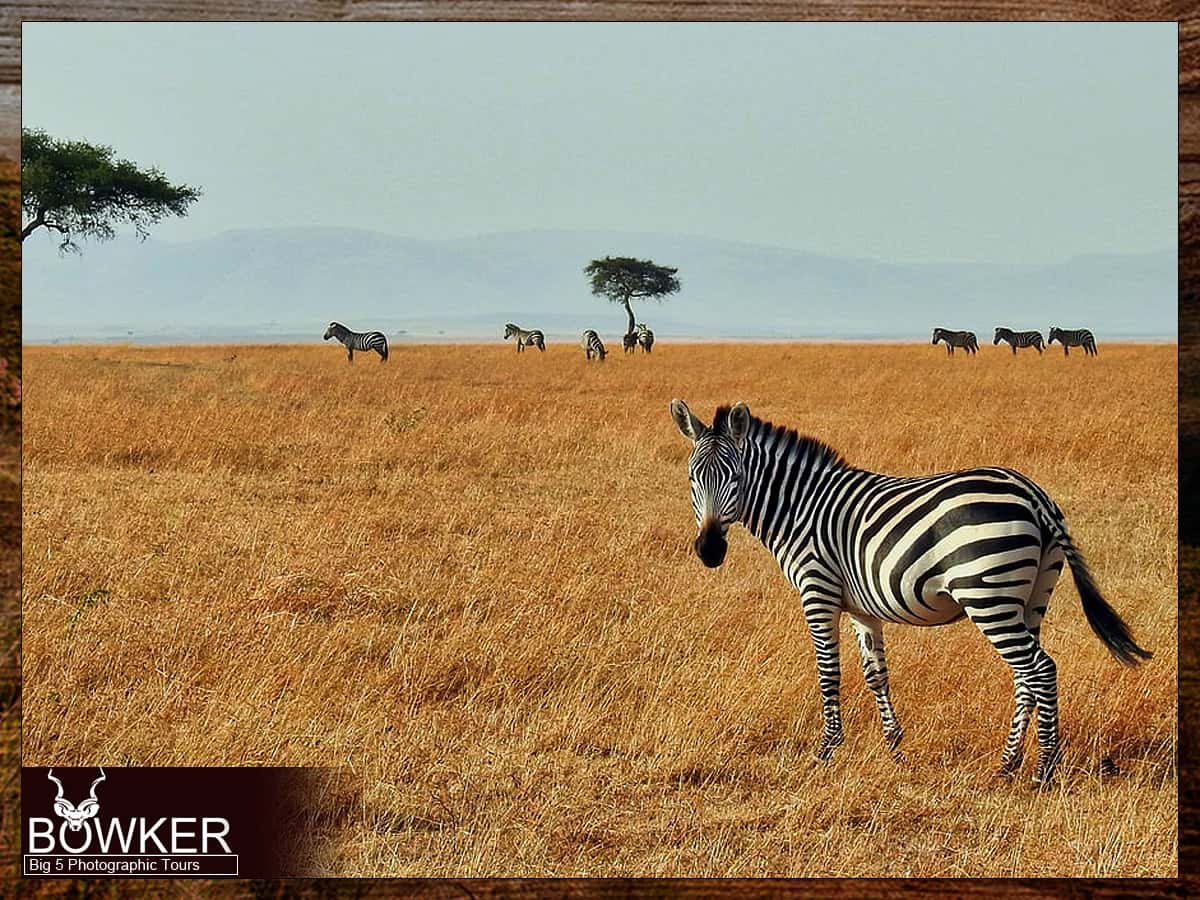
It’s also important to remember that the animals are not here for our entertainment. Visitors should never attempt to feed or touch the animals, as this can disrupt their natural behaviors and lead to dangerous interactions. Additionally, visitors should never attempt to provoke or harass the animals in any way.
Visitors should always stay on designated roads and tracks when viewing animals from a vehicle. Off-road driving can damage the fragile ecosystem and disturb the animals. Visitors should also be mindful of their speed and avoid driving too close to the animals.
Finally, visitors should always follow the park’s rules and regulations regarding wildlife viewing. These guidelines are in place to protect both visitors and animals and ensure a safe and enjoyable experience for all. By following these guidelines, visitors can experience the wonder of Karoo’s wildlife while also promoting conservation and responsible tourism.

Conservation principles
As a responsible visitor, you can do your part to ensure that the park remains healthy and sustainable for generations. By following the park’s guidelines and adopting eco-friendly practices, you can help protect the unique ecosystem of Karoo. Here are six conservation principles you should remember during your visit.
Stay on designated roads and paths
One of the most important conservation principles is to stay on designated roads and paths. Off-road driving can damage the fragile ecosystem and disturb the animals. The park has designated roads and tracks visitors should stay on while driving. This helps minimize human activity’s impact on the park’s natural habitat.
Do not litter
Another important conservation principle is to not litter. Litter can harm the environment and wildlife and spoil the park’s natural beauty. Visitors should dispose of their waste properly and pack out everything they bring into the park.
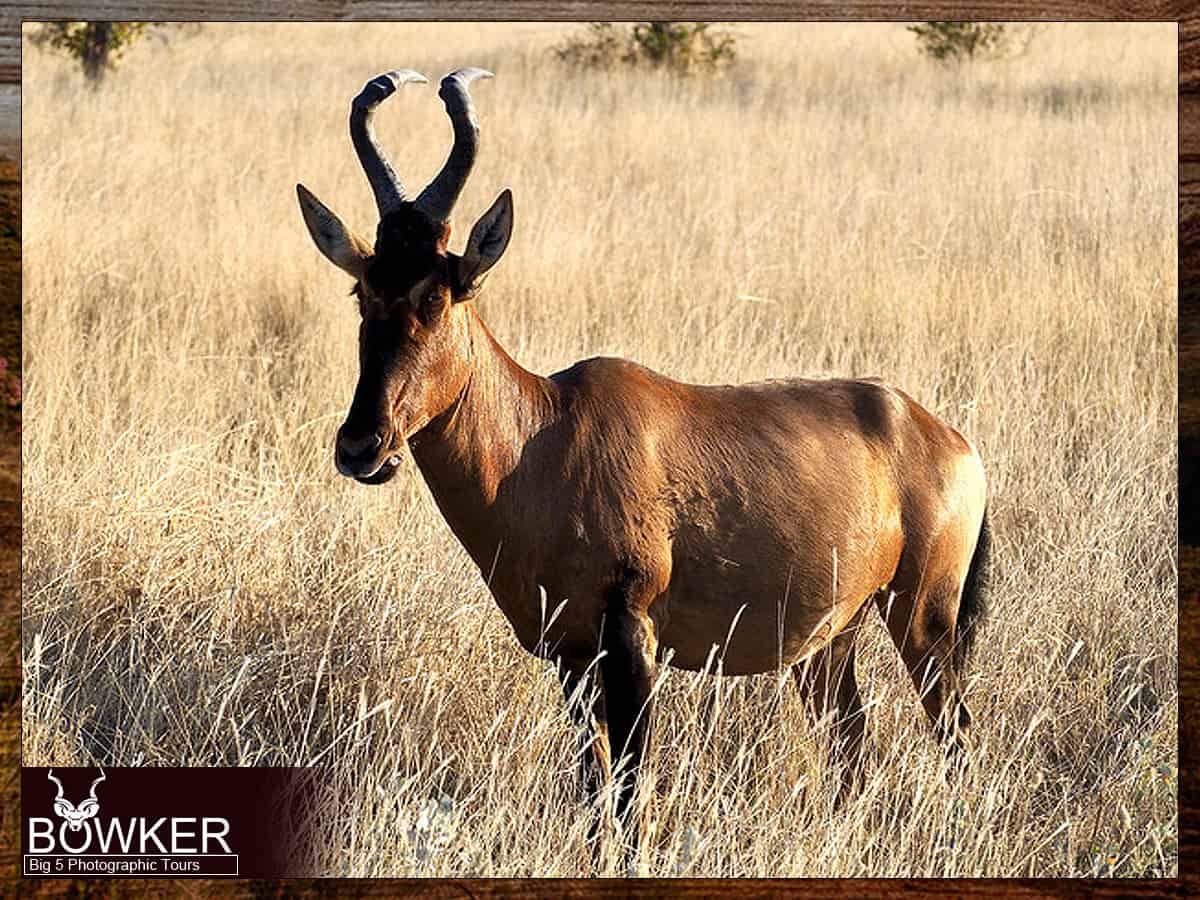
Conserve water
Water is a precious resource in Karoo National Park. Visitors should conserve water by taking shorter showers, turning off the tap while brushing their teeth, and reporting any leaks or other water-related issues they notice in the park.
Do not make fires
Fires can be hazardous in the dry and hot environment of the park. Visitors should not make fires unless they are in designated areas. Even in these areas, visitors should be careful and ensure the fire is completely extinguished before leaving.
Use eco-friendly products
Visitors can reduce their environmental impact by using eco-friendly products. This includes biodegradable toiletries, reusable water bottles, and non-toxic cleaning products.
Follow park rules
Visitors should always follow the park’s rules and regulations. These guidelines are in place to protect both visitors and animals and ensure a safe and enjoyable experience for all. By following the rules, visitors can help preserve the natural beauty of Karoo National Park for future generations to enjoy.

Safety tips for visitors
As with any remote location, visitors need to be aware of potential safety hazards. Here are some important safety tips for travelers to Karoo National Park:
Always stay on designated roads and paths
As mentioned in the conservation principles, it’s crucial to stay on designated roads and paths in the park. This is important not only for the preservation of the ecosystem but also for your safety. Off-road driving can be dangerous, as the terrain can be unpredictable and there may be hidden hazards.
Be aware of wildlife
Karoo National Park is home to a diverse range of wildlife, including predators such as lions and leopards. While sightings are rare, visitors should always be aware of their surroundings and keep a safe distance from any animals they encounter.
Carry enough water
The park can get extremely hot and dry, so it’s important to carry enough water with you at all times. Dehydration can be dangerous, especially if you’re hiking or exploring areas far from the main campsite.
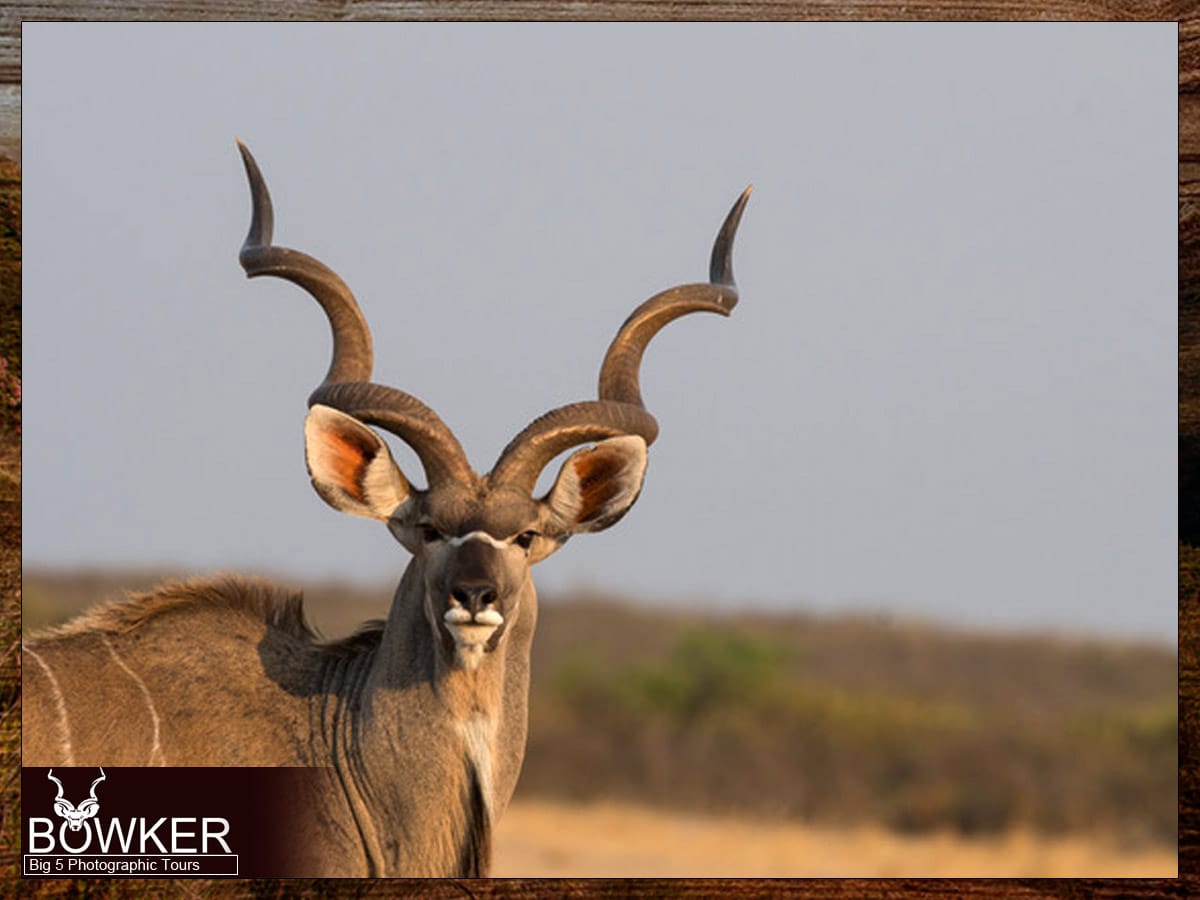
Stay in designated areas at night
Visitors should always stay in designated areas at night, such as campsites or lodges. This is for both safety reasons and to minimize the impact of human activity on the park’s natural habitat.
Be prepared for emergencies
In case of an emergency, visitors should carry a first-aid kit and know basic first-aid procedures. It’s also a good idea to always have a charged cellphone with you in case of an emergency.
Check the weather
Weather conditions in the park can be unpredictable, and sudden storms or flash floods can occur. Visitors should check the weather forecast before heading out and be prepared for sudden weather changes.
By following these tips, visitors can have a safe and enjoyable experience in Karoo National Park while also helping preserve its natural beauty for future generations.
